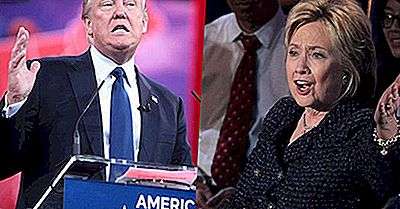
10. 1912 –
The US presidential election of 1912 had four candidates representing four political parties. Republican President Theodore Roosevelt returned from a trip and found that William Taft had been appointed president by the Republican party. Roosevelt, against Taft’s growing conservative policy, created his own political party, the Progressive Party. The other candidates were Woodrow Wilson for the Democrats and Eugene Debs for the Socialists. During his campaign, Roosevelt was hit in the chest. He managed to finish his speech before removing the ball. In the end, Democrat Wilson won the elections with less than 50% in several states. It was because the Republican vote was split between Taft and Roosevelt. William Taft finished fourth.
9. 1824 –
The election of 1824 is considered controversial because, during the first ballot, no candidate obtained the majority of votes. The parties vying for the election were Andrew Jackson, John Quincy Adams, William Crawford and Henry Clay. They all belonged to the Democratic-Republican party. The election was decided by the House of Representatives, of which Henry Clay was the Speaker of the House. He was eliminated from the race and the House lobbied for John Adams, removing several key state officials from Andrew Jackson. John Adams won the election and appointed Henry Clay as secretary of state. Andrew Jackson believed it was political corruption.
8. 2000 –
The 2000 election was marked by problems with votes, recounts and trials. The two candidates were Republican George W. Bush and Democrat Al Gore and the Florida state election results were one of the main points of contention. The votes were too close, claiming Gore the winner first and then Bush. The Florida Supreme Court ruled for a recount and 5 a few weeks later, the United States Supreme Court overturned that decision. Bush won only by the electoral votes of 5 and was the first president of the 112s to sit without the majority popular vote.
7. 1800 –
In 1800, the electoral system was slightly different. Voters would choose from among the candidates 2. the one with the majority vote became president and the one in second place became vice-president. This led Thomas Jefferson and Aaron Burr to take the top spot, both getting more votes than the president at the time, John Adams. For the first time, the House of Representatives had to decide the winner. Alexander Hamilton, the Secretary of the Treasury, campaigned for Thomas Jefferson. Jefferson won and Burr became vice president. The results of this election prompted Congress to adopt the 12th amendment which made voting for the president and vice-president separate. Three years later, Aaron Burr killed Alexander Hamilton in a duel.
6. 1876 –
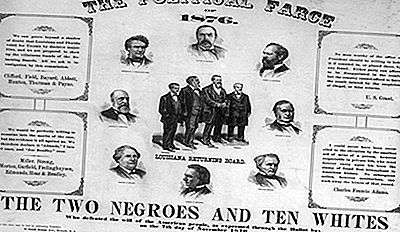
The 1876 election was between Democrat Samuel Tilden (then Governor of New York) and Republican Rutherford Hayes. Tilden won more popular and electoral votes than Hayes, however, he did not have vote 1 for the mandatory 185 electoral votes required to win. Florida, Louisiana and North Carolina had results too close to allocate their combined 20 electoral votes, and Oregon replaced a voter in the midst of the conflict. The country was torn apart and close to war. Congress responded by creating an emergency commission made up of representatives from Congress, senators and Supreme Court justices. In total, the group was made up of 7 Republicans, 7 Democrats and 1 Independent. They decided in favor of Hayes, but the Democrats, disagreed with the results, threatened to block the official counting of votes. The parties met to negotiate and agreed that the Democrats would accept Hayes if he wanted to withdraw troops from the south of the country. Hayes was sworn in and ended the era of reconstruction in the south.
5. 1948 –
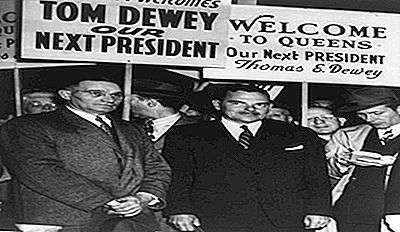
Democratic candidate Thomas Dewey and members of his own party opposed Democratic President Harry Truman. He lost the support of conservative Democrats in the south who disagreed with his position on equal African American civil rights and formed a new political party, called the Dixiecrats. According to a Gallup mid-October poll, Dewey would beat Trump by 5%. The results were not released to the public until polling day, and Truman believed he had lost the election. The Chicago Tribune even published the following day’s newspaper with a headline titled “Dewey defeats Truman”. On the morning of its publication, actual results showed that Truman had in fact won the election.
4. 1860 –
In an already divided country, the presidential election of 1860 was the coup de grace of a confrontational policy and triggered the outbreak of the civil war. Abraham Lincoln was the Republican candidate and Steven Douglas the Democratic candidate from the north. The South, wary of the North’s intention to end slavery, chose Vice President John Breckenridge as the Democratic candidate. Senator John Bell applied for the Constitutional Union Party ticket. Most southern states did not include Lincoln on the ballots. Lincoln won the majority of electoral votes in the North (although only 40% of the popular vote) and Breckenridge won most of the electoral votes in the South. Shortly after Lincoln’s claim, the next president, South Carolina voted for secession. This act was followed by other states of 6. These states 7 then formed the Confederate States of America by 1861 with Jefferson Davis as president.
3. 2008 –
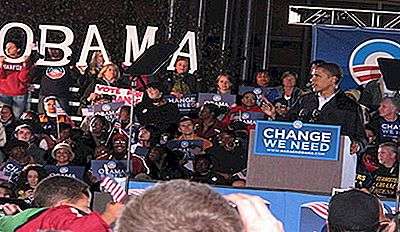
The 2008 election was held between Republican John McCain and Democrat Barack Obama. The citizenship of the two candidates was questioned with critics claiming that Obama was born in Kenya and that the birth of McCain in the Panama Canal area (an American naval air base) should disqualify him for the presidency. No candidate for the vice-presidency has escaped criticism. Democrat Joe Biden was criticized for his earlier remarks and Republican Sarah Palin was criticized for his strong and conservative beliefs. When the financial crisis became a reality, McCain stopped his campaign. The New Black Panther Party, an African-American political organization, has been charged with intimidating voters for their behavior outside of polling stations in the city of Philadelphia.
2. 2004 –
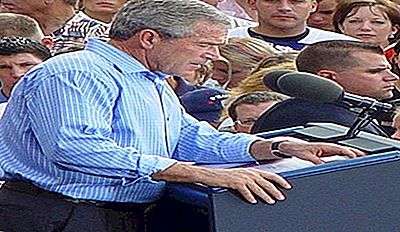
In 2004, then president George W. Bush (who participated in the controversial 2000 election) and Democratic Senator John Kerry competed for the position. After the September 11 attacks in 2001, President Bush received strong public support. However, this support began to diminish as the public began to question the reasons for the two wars in progress. The Democrats used these doubts to gain Kerry’s support, and the Republicans questioned Kerry’s record in Vietnam. After the count, George W. Bush ran for the second time as president
1. 2016 –
The 2016 election was take place in November. Republican Donald Trump stands against Democratic Secretary of State Hillary Clinton. So far, the campaign has been one of the most controversial in the history of the United States. Hillary Clinton has been charged with sending confidential emails to private servers and hiding this information from the American public. Donald Trump has been criticized for his unprofessional behavior, comments and approach to the campaign. As he continues to insult people and create controversy, he lost some of his support during the primaries. Clinton gained more support. Some Republicans have refused to support Donald Trump and many others have even said they will vote for Clinton, including:
